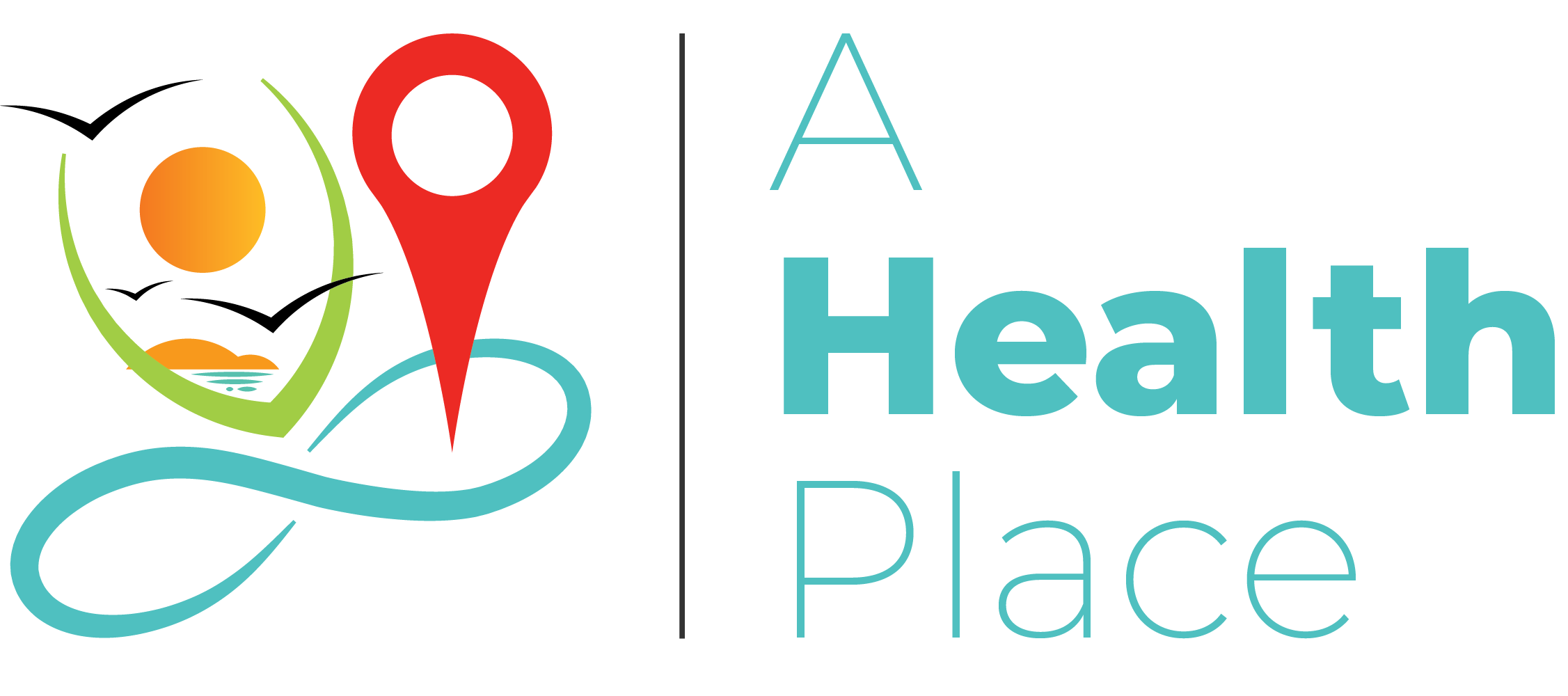A key way we can ensure we are a part of a resilient structure is to give everyone the same level of access to things like healthcare, education, and economic stability. But that’s not always the reality, and that is why we are sharing this topic of social determinants of health with all our readers.
If we were to envision cross-breeding two flowers, we take into account the information we know about each of them: the color of their petals, the shape, and size of their leaves, and the height of their stalk. Having them reproduce to create offspring that have a combination of both of their traits in the best conceivable way.
While genetically distinct from its parents, this new seed is hopefully, composed of the most stable and eye-catching components. Our hope in breeding them will be to generate a new flower, one that blossoms wider and stands stronger than any in the generation preceding it. Once introduced to the world, all it takes is the right environmental conditions for it to blossom and thrive. All it needs from us is water, proper soil, and sufficient sunlight, and over time it will flourish. If this flower were to stop growing or fail to bloom, we would assess what went wrong and whether we had been meeting its environmental needs. If we break a leaf or a petal falls off, we can reflect on where in our care the flower lacked support in its journey towards blooming and beautiful stasis.
This oversimplified, abbreviated account of raising a plant allows us to illustrate to you the ways our bodies live within our surrounding context. Our bodies wear the stories of the realities we are faced with, and through time we are adorned with more physical scars, marks, and wrinkles to reveal where we’ve been. Looking inward, we can see the same thing happening down to the cellular level.
As we continue living and growing within our social, economic, and personal surroundings, our micro-universe is warped and changed just as much. We have the qualities within us, our genes and biochemistry that serve as some indication of our health. But outside of this, there is a constellation of social and environmental factors that alter our path to being healthy in ways that are big and small.
The statuses, privileges, and inequities we associate with the social world go far deeper. They make their way past the dermis and muscles and soak into our bones and then some. These factors better known as social determinants, encode themselves in our bodies over time, and many of the things we see as matters of everyday life can directly contribute to our physical well-being.
What are the Social Determinants?
Social and community context, healthcare access and quality, neighborhood and build environment, education access, and economic stability are key domains of social determinants. These domains may be whether you live in stable and safe housing, social inclusion, the policies that govern how you work and play, your access to healthy food, your relationships, and the time you spend with your family. These are the conditions we live in and lived through, and the quality and the interplay of these factors may push you toward a healthier lifestyle.
You may wonder, ‘how does my lived experience go as far as to determine my health?’. To get a better sense, we will point you toward an example of something happening in and around you. Growing up, you might have primarily eaten fast food for your daily meals or sat on a couch or in the car to eat as opposed to a dinner table. There have been very few grocery stores around you or near you, and if present, they may have proved unaffordable.
The distance between you and the grocery store, and the gap in access to fresh, less processed, and healthier food is representative of the food desert that millions of people live through yearly. This distance also makes knowledge and components around the importance of a healthy lifestyle increasingly inaccessible. More interconnected than that are the other factors associated with living in a food desert, a sedentary lifestyle, and increased smoking, which low-income communities engage in at a much higher rate. Heart disease, which is a set of conditions developed from decades of poor diet and exercise, is still the number one killer in America and continues to surge.
We can turn towards community building, development and learning so that we know to be better in articulating in favor of improving our communities. We share this article with you because awareness of these systems is a foundational step in resolving them. To feel inspired is to have something that serves as inspiration. We should always factor in the needs and interests of those around us to ensure that we remain equitable opportunities for everyone.











Discussion about this post